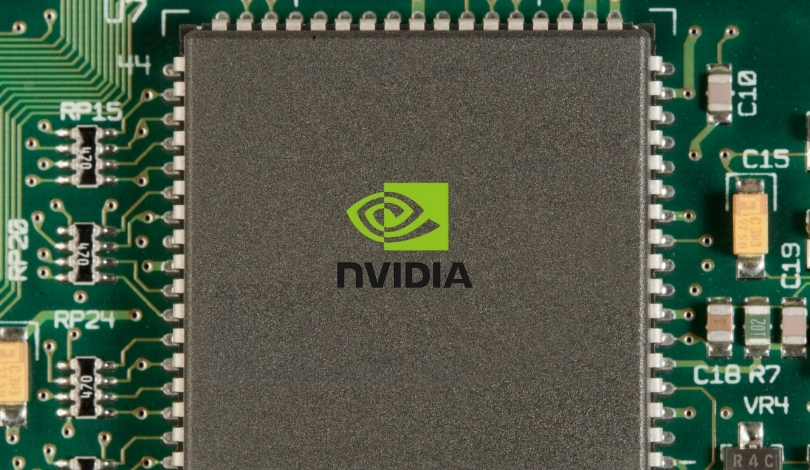The competitive graphics card market is witnessing renewed interest as Intel explores a high-end Arc GPU, potentially as part of its ongoing partnership with Nvidia. Both industry players have previously navigated tumultuous waters in their pursuit to expand market share, especially as consumer demand steadily grows for better performance in gaming and professional applications. This development comes at a time when graphics technology has seen rapid changes, with established brands seeking to strengthen their product lineups and surprise industry watchers.
Earlier coverage of Intel’s graphics card ambitions described the Arc series as facing significant challenges, including early technical setbacks and difficulties in gaining a foothold against established competitors. Support from industry partners, particularly Nvidia, was seen as limited to specific areas like driver support or manufacturing synergies. The new reports suggest a deeper collaboration that expands Intel’s hardware capabilities, contrasting with older rumors that predicted a retreat from high-end graphics development. Unlike previous assumptions that Intel would scale back Arc GPU efforts, evolving information now indicates a potentially robust entry into the premium segment.
What Does the New Arc GPU Rumor Suggest?
The rumor centers on Intel’s plans to introduce a high-end Arc graphics card, possibly leveraging expertise from Nvidia. This move could strengthen Intel’s presence in a segment traditionally dominated by Nvidia’s GeForce and AMD’s Radeon cards. The new Arc model may target demanding users, such as gamers and content creators, who require higher frame rates and advanced features.
How Is the Partnership Being Viewed by the Companies?
While neither Intel nor Nvidia has made official statements detailing the full extent of their partnership on high-end GPUs, the move is interpreted as an effort to pool resources in response to rising competition. Intel representatives have commented,
“We remain committed to delivering a competitive Arc portfolio that meets a wide range of customer needs.”
Nvidia’s position also remains supportive, with a spokesperson stating,
“Innovation and collaboration drive performance improvements across the industry, and we value cooperative efforts where possible.”
These perspectives suggest mutual recognition of the dynamic nature of the marketplace and the benefits of strategic alliances.
Could This Mean a New Direction for Consumer Graphics?
If the rumored Arc GPU reaches the market, it could signify renewed competition in the premium graphics space, offering consumers more choices and potentially influencing price and performance expectations. Observers will watch closely to see how Intel balances its ambitions with realistic production and support for its products, especially in an area where long-standing technical expertise often determines success.
With attention focusing on Intel and Nvidia’s next steps, customers may soon benefit from an expanded selection of high-performance GPUs. For enthusiasts and professionals alike, competition in the graphics card marketplace translates into broader options, potential price shifts, and accelerated innovation. This collaboration, if confirmed and executed effectively, might also prompt other manufacturers to reconsider their strategies and investment in research and development. Key takeaways for those tracking these developments include monitoring product announcements, evaluating benchmarks, and assessing compatibility with emerging technologies such as ray tracing and AI-driven features, all of which play growing roles in graphics card value.










